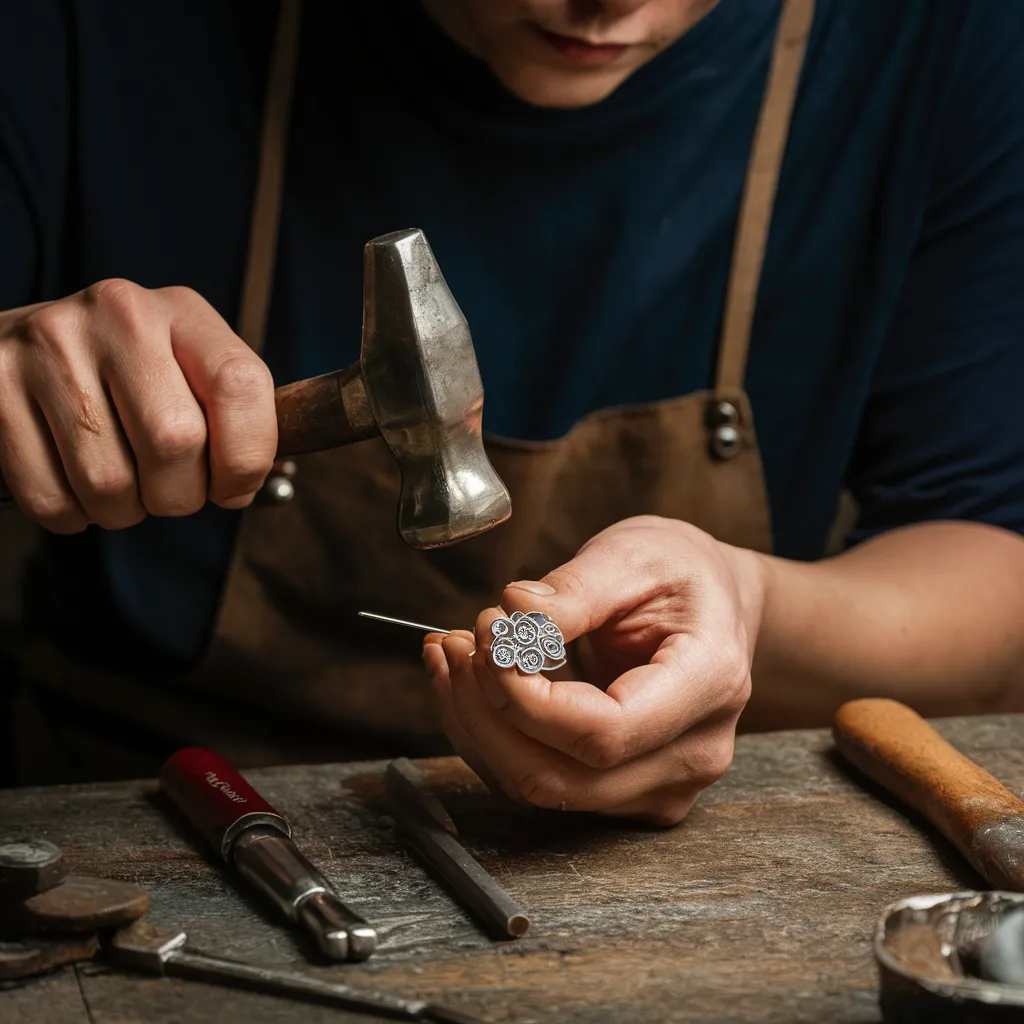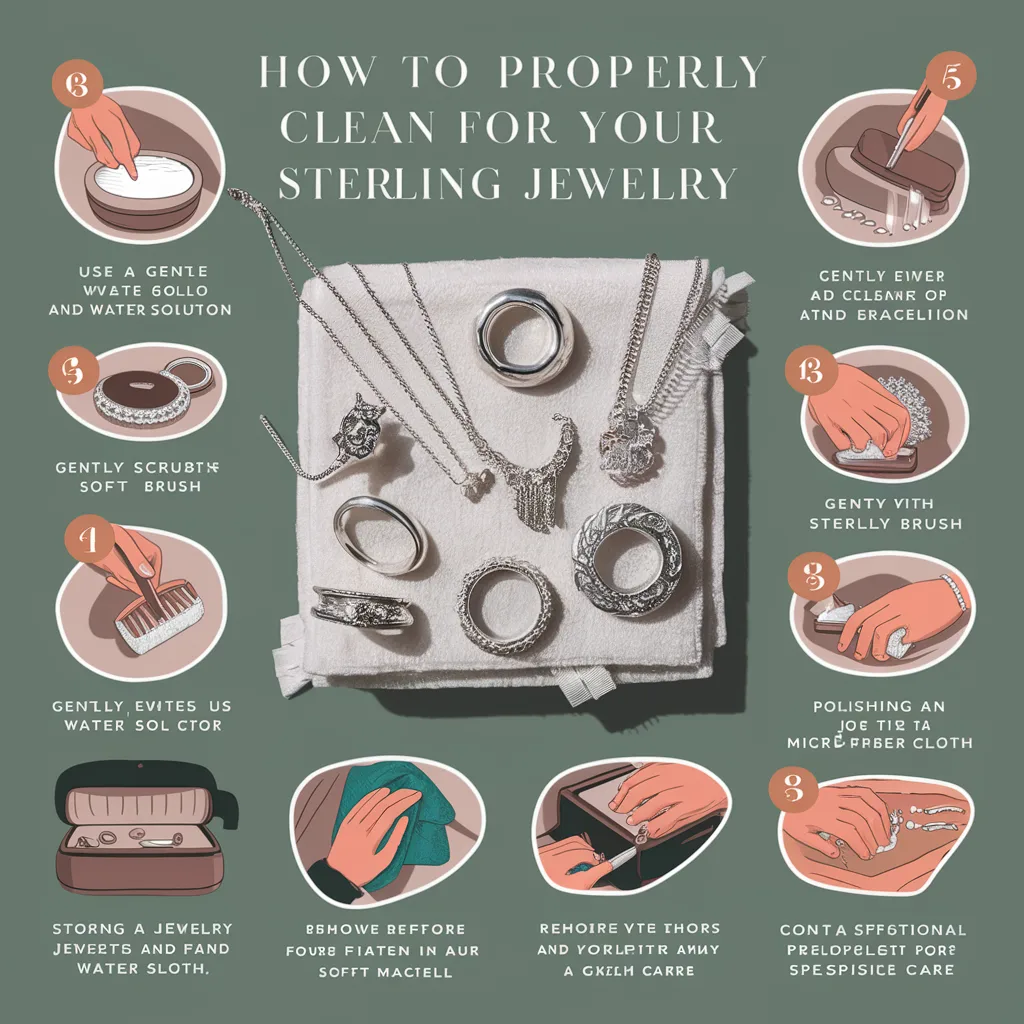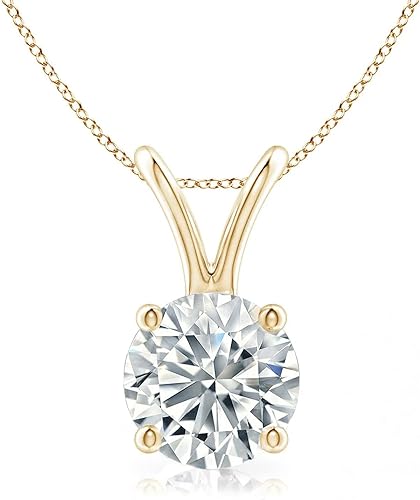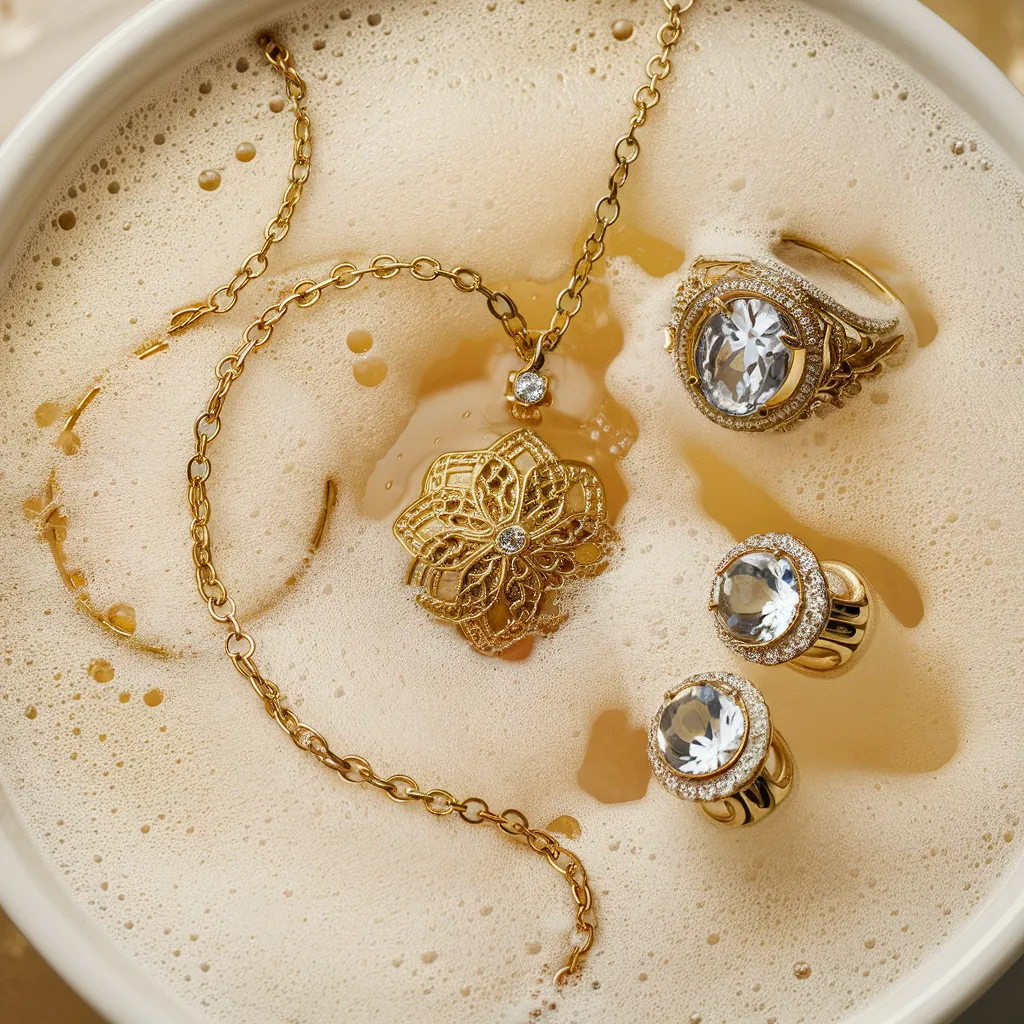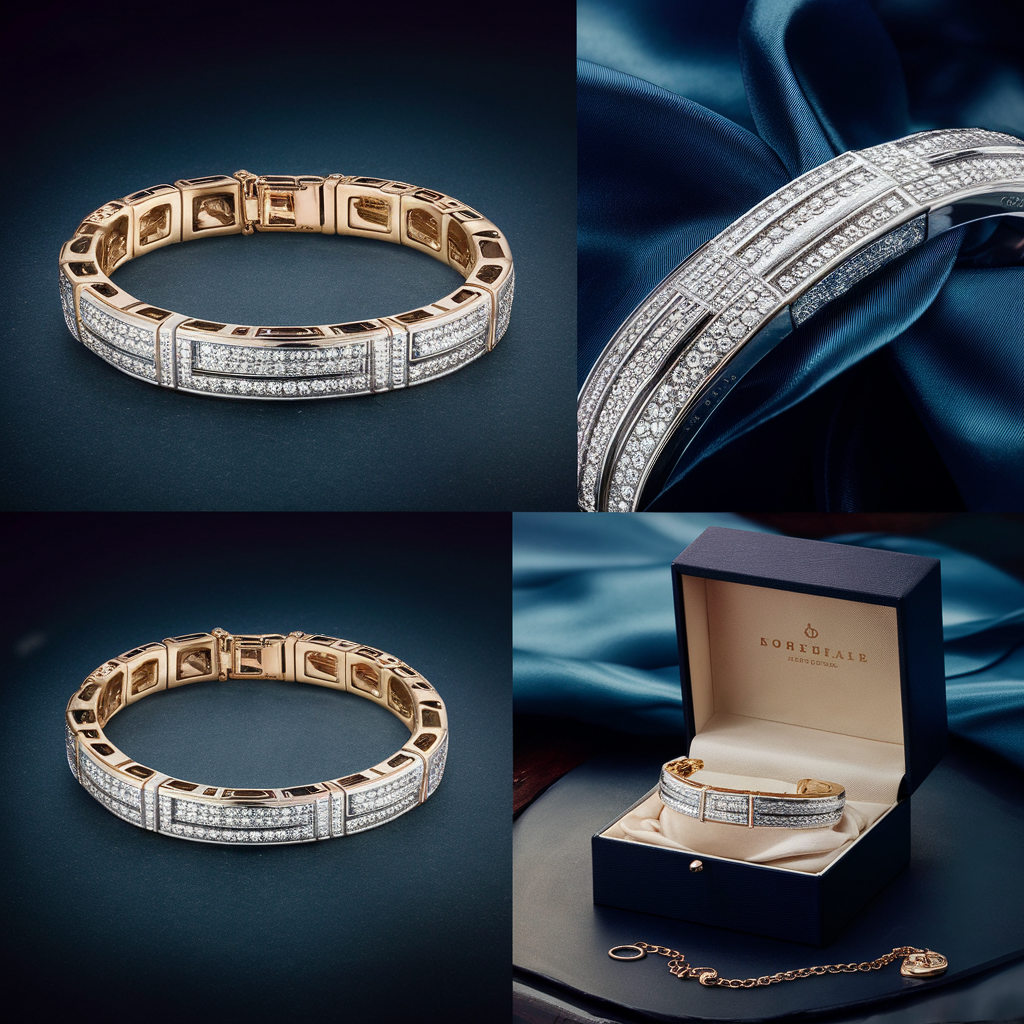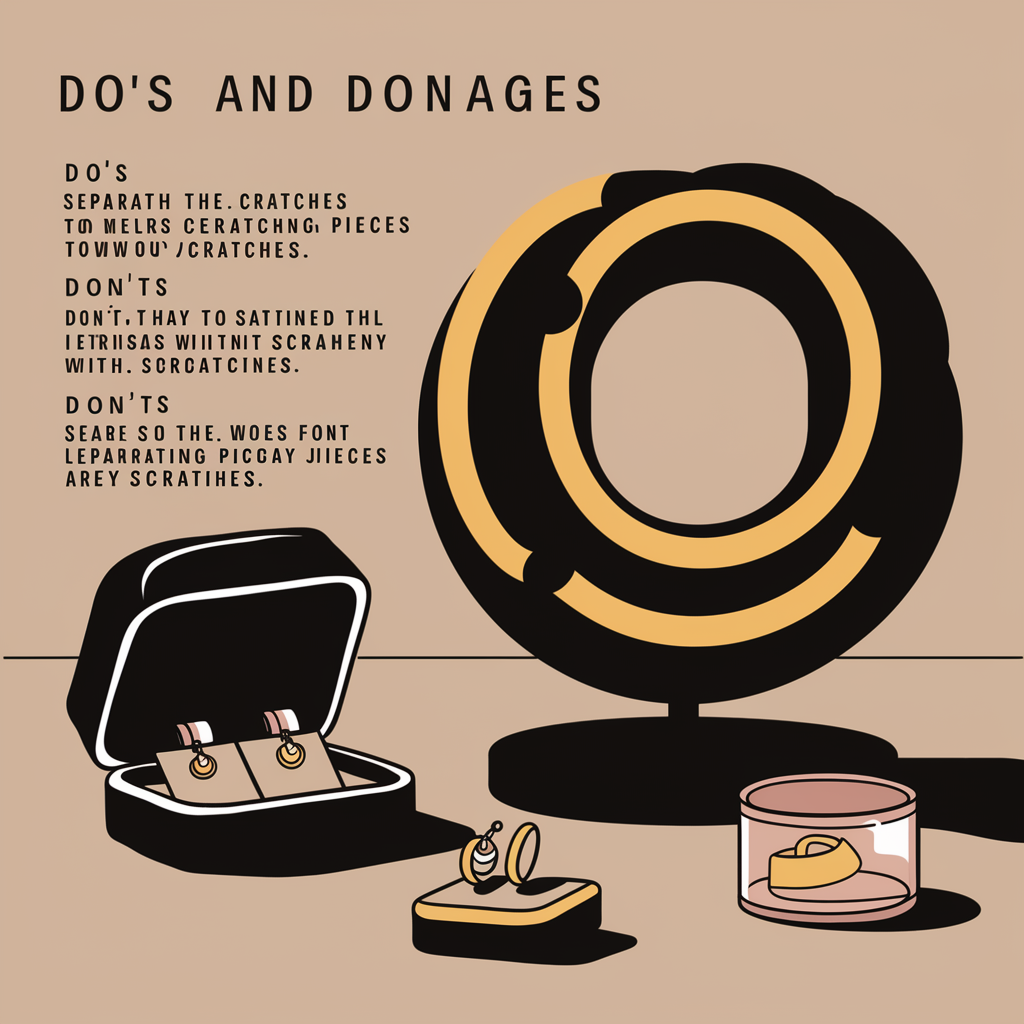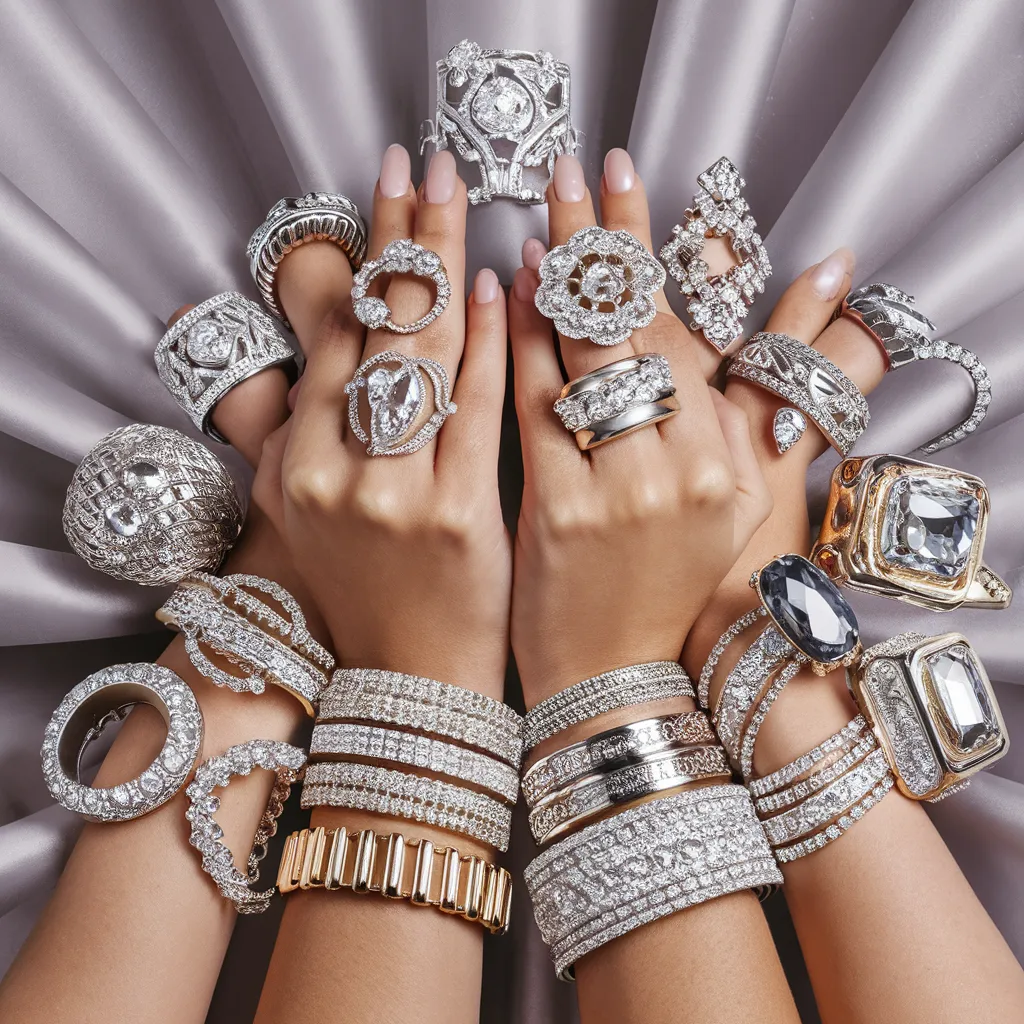
What is Permanent Jewelry?
Permanent jewelry is an innovative and stylish trend in the world of accessories. Unlike traditional jewelry, which can be taken on and off, permanent jewelry is designed to be a lasting addition to your collection. It is typically welded or soldered onto the wearer, creating a seamless and enduring piece that doesn't require clasps or closures.
How is Permanent Jewelry Applied?
The process of applying permanent jewelry involves welding or soldering the ends of the piece together around the wearer’s wrist, neck, or ankle. This technique ensures that the jewelry stays in place permanently. The process is quick and relatively painless, performed by skilled professionals using specialized equipment.
Is Permanent Jewelry Safe?
Yes, permanent jewelry is safe when applied by experienced professionals. The materials used are typically hypoallergenic, and the welding process is designed to minimize any risk to the wearer. It's essential to choose a reputable jeweler to ensure the procedure is done correctly.
What Materials are Used in Permanent Jewelry?
Permanent jewelry can be made from various materials, including gold, silver, platinum, and stainless steel. These materials are chosen for their durability and hypoallergenic properties, making them suitable for long-term wear.
Can Permanent Jewelry Be Removed?
While permanent jewelry is designed to last, it can be removed if necessary. The removal process involves cutting the jewelry at the welded or soldered point, which should be done by a professional to avoid damage to the piece or injury to the wearer.
What are the Benefits of Permanent Jewelry?
Permanent jewelry offers several benefits:
- Convenience: No need to worry about clasps or closures.
- Durability: Made from high-quality materials that withstand daily wear.
- Personalization: Custom designs that reflect personal style.
- Sustainability: Less likely to be lost, reducing waste and promoting eco-friendly practices.
How Do I Care for My Permanent Jewelry?
Caring for permanent jewelry is straightforward. Regular cleaning with mild soap and water keeps the piece looking its best. Avoid harsh chemicals and activities that may damage the jewelry. Routine checks by a jeweler ensure that the piece remains in good condition.
Conclusion
Permanent jewelry is a modern and elegant way to express personal style. Its seamless design, durability, and convenience make it an attractive choice for those looking to add a unique touch to their accessory collection. Whether you're interested in a permanent bracelet, necklace, or anklet, this guide provides all the information you need to understand and appreciate this innovative trend.

